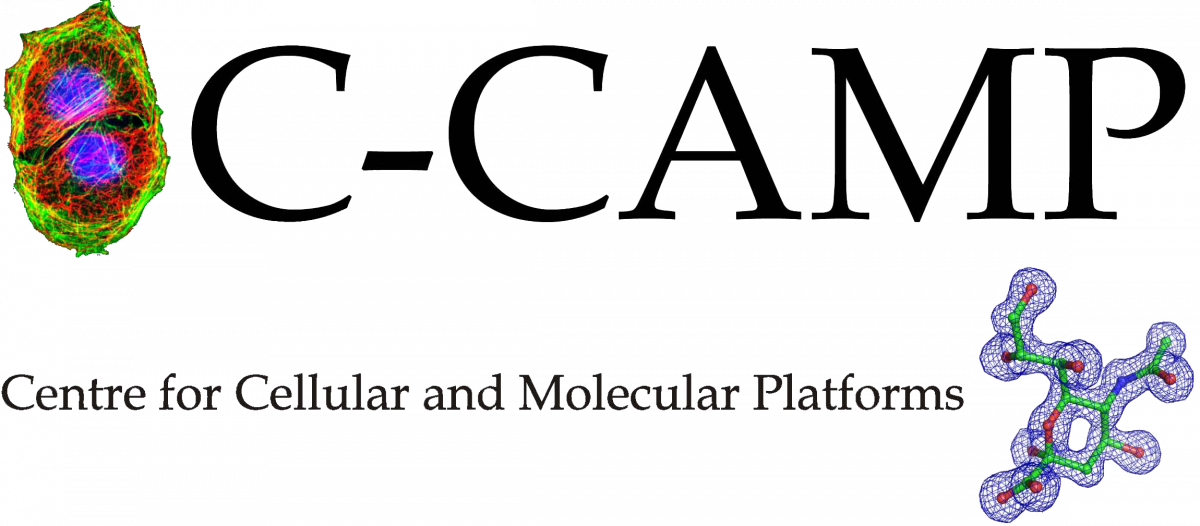Texas: In the 2019 Boeing 737 Max crash, the recovered black box from the aftermath hinted that a failed pressure sensor may have caused the ill-fated aircraft to nose dive. This incident and others have fueled a larger debate on sensor selection, number and placement to prevent the reoccurrence of such tragedies.
Texas A&M University researchers have now developed a comprehensive mathematical framework that can help engineers make informed decisions about which sensors to use and where they must be positioned in aircraft and other machines.
“During the early design stage for any control system, critical decisions have to be made about which sensors to use and where to place them so that the system is optimized for measuring certain physical quantities of interest,” said Dr. Raktim Bhattacharya, associate professor in the Department of Aerospace Engineering. “With our mathematical formulation, engineers can feed the model with information on what needs to be sensed and with what precision, and the model’s output will be the fewest sensors needed and their accuracies.”
The researchers detailed their mathematical framework in the June issue of the Institute of Electrical and Electronics Engineers’ Control System Letters.
Whether a car or an airplane, complex systems have internal properties that need to be measured. For instance, in an airplane, sensors for angular velocity and acceleration are placed at specific locations to estimate the velocity.
Sensors can also have different accuracies. In technical terms, accuracy is measured by the noise or the wiggles in the sensor measurements. This noise impacts how accurately the internal properties can be predicted. However, accuracies may be defined differently depending on the system and the application. For instance, some systems may require that noise in the predictions do not exceed a certain amount, while others may need the square of the noise to be as small as possible. In all cases, prediction accuracy has a direct impact on the cost of the sensor.
“If you want to get sensor accuracy that is two times more accurate, the cost is likely to be more than double,” said Bhattacharya. “Furthermore, in some cases, very high accuracy is not even required. For example, an expensive 4K HD vehicle camera for object detection is unnecessary because first, fine features are not needed to distinguish humans from other cars and second, data processing from high-definition cameras becomes an issue.”
Bhattacharya added that even if the sensors are extremely precise, knowing where to put the sensor is critical because one might place an expensive sensor at a location where it is not needed. Thus, he said the ideal solution balances cost and precision by optimizing the number of sensors and their positions.
To test this rationale, Bhattacharya and his team designed a mathematical model using a set of equations that described the model of an F-16 aircraft. In their study, the researchers’ objective was to estimate the forward velocity, the direction of wind angle with respect to the airplane (the angle of attack), the angle between where the airplane is pointed and the horizon (the pitch angle) and pitch rate for this aircraft. Available to them were sensors that are normally in aircraft for measuring acceleration, angular velocity, pitch rate, pressure and the angle of attack. In addition, the model was also provided with expected accuracies for each sensor.
Their model revealed that all of the sensors were not needed to accurately estimate forward velocity; readings from angular velocity sensors and pressure sensors were enough. Also, these sensors were enough to estimate the other physical states, like the angle of attack, precluding the need of an additional angle of attack sensor. In fact, these sensors, although a surrogate for measuring the angle of attack, had the effect of introducing redundancy in the system, resulting in higher system reliability.
Bhattacharya said the mathematical framework has been designed so that it always indicates the least sensors that are needed even if it is provided with a repertoire of sensors to choose from.
“Let’s assume a designer wants to put every type of sensor everywhere. The beauty of our mathematical model is that it will take out the unnecessary sensors and then give you the minimum number of sensors needed and their position,” he said.
Furthermore, the researchers noted that although the study is from an aerospace engineering perspective, their mathematical model is very general and can impact other systems as well.
“As engineering systems become bigger and more complex, the question of where to put the sensor becomes more and more difficult,” said Bhattacharya. “So, for example, if you are building a really long wind turbine blade, some physical properties of the system need to be estimated using sensors and these sensors need to be placed at optimal locations to make sure the structure does not fail. This is nontrivial and that’s where our mathematical framework comes in.”
Vedang Deshpande from the aerospace engineering department is the primary author of this research. He worked on this research for his doctoral thesis in Bhattacharya’s laboratory.
–Eurekalert







